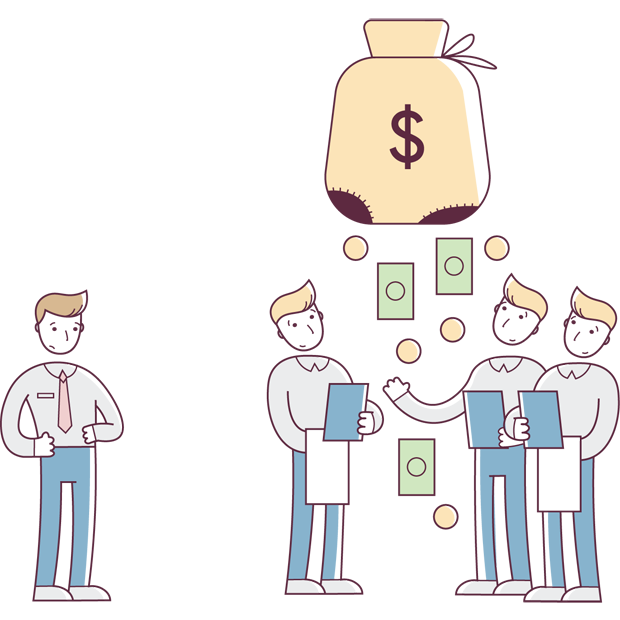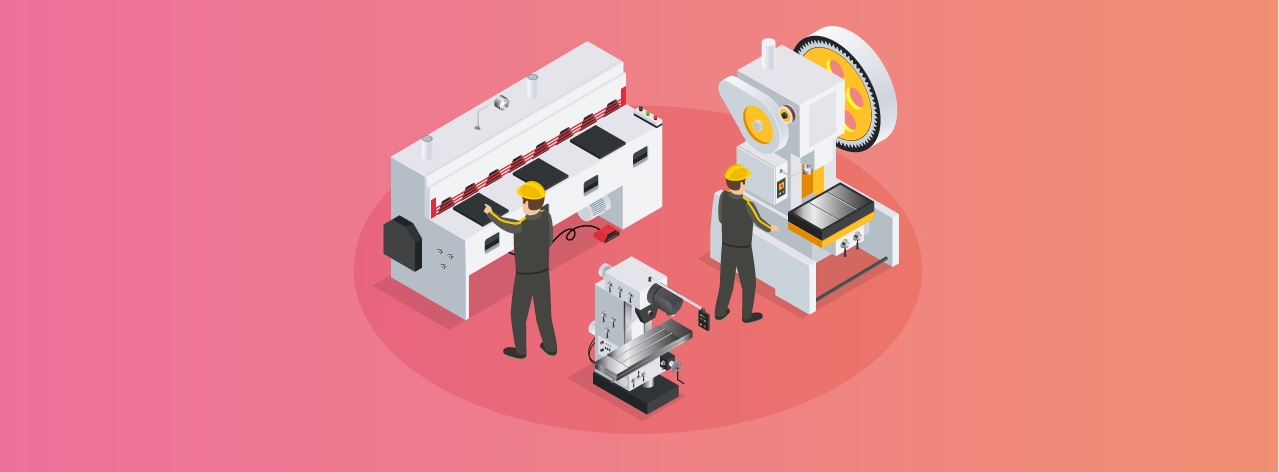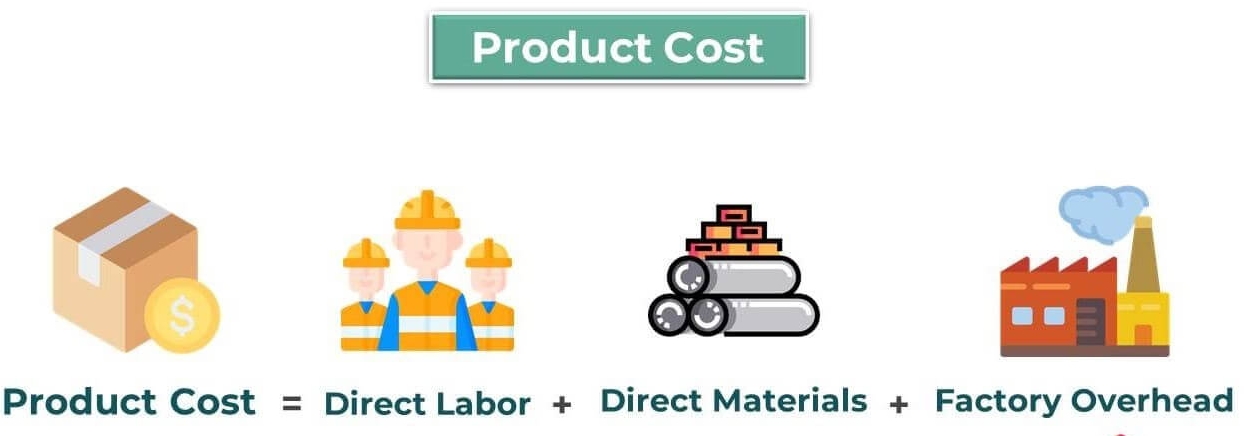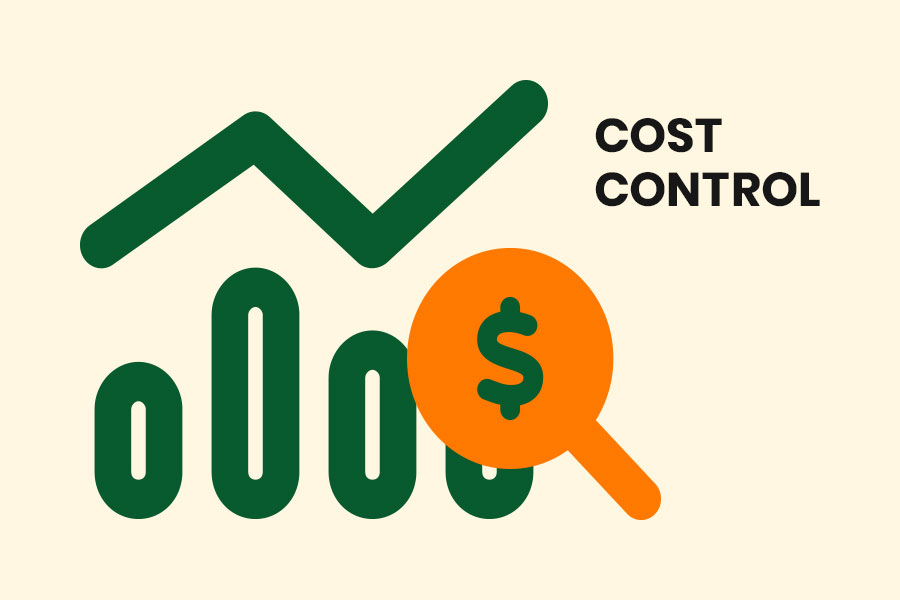Comprehensive costing combines direct labor, equipment, and tooling costs with indirect energy and overhead elements. This full cost view incorporates all cost drivers to enable setting competitive quotes that ensure profitability. The goal of cost accounting is to accurately capture the cost of ownership and operation per part to support optimal business decision making.
## Calculating Direct Costs
### Labor Costs
When calculating the direct costs associated with machining, one of the most significant expenses to account for is labor. To accurately capture this cost, it is important to thoroughly research the different wage rates for all employee types involved in the production process. This includes not only the hourly or salary wages for various roles like CNC operators, quality inspectors, and engineers but also factors in additional compensation.
Benefits provided to manufacturing staff need to be examined in detail. For example, legally mandated items like holiday pay, overtime rates for extended work shifts, and contributions to social security or retirement funds. In addition, many companies offer competitive benefits to attract and retain talent. This commonly consists of a healthcare plan, meal allowances, paid time off, educational reimbursement, and other perks.
Proper accounting of all wages, as well as the associated benefit costs, provides critical insight into labor expenses. This comprehensive view of remuneration is necessary for informed decision-making around staffing levels and budgets. It also allows for more precise pricing when quoting customers to ensure labor costs are sufficiently covered. Thorough determination of compensation for all employee types involved is an essential part of calculating the true costs of machining.
### Equipment Depreciation
- The yearly declining value expenses for computerized numerically controlled machinery used in manufacturing processes that shape or form materials like metals and plastics through the removal of waste material. These automated machine tools can be programmed to operate themselves and are guided by pre-programmed coded instructions as opposed to manual control. The costs associated with the lessening worth of these automated cutting machines over the course of a calendar year.
- The depreciation expense amount for each individual item manufactured or produced using the computerized numerically controlled machines that are attributed to the decreasing value of the automated cutting tools over their useful lifetime as a result of age and wear. The depreciation cost is allocated to every single unit that comes off the CNC machinery assembly lines.
### Cutting Tool Costs
- The various manufacturing procedures and materials being cut or shaped necessitate dissimilar tooling options and choices. The assorted cutting bits, drills, endmills, taps, reamers and other workpiece-forming attachments indispensable for divergent fabrication processes involving multiple material types each have their own distinctive specifications.
- Calculating and costing out the pricing of all the individual tooling components and consumable cutters involved while also determining their anticipated operational lifespan or number of parts that can be machined before replacement is needed. Projecting the projected outlay tied to tooling for each work instruction or job by forecasting tool wear based on material, cutting parameters and total quantity to give budgeting estimates.
- Foreseeing the tooling costs allocated per manufacturing work order or job instruction by considering the specific tooling necessitated, factoring in pricing for each cutting tool and expected operational life spans before refurbishment or substitution is necessitated to provide a projected tooling expenditure total attached to each individual work order or fabrication job.
## Calculating Indirect Costs
### Energy Expenses
- The electricity utilized by the computerized numerically controlled machine tools and automated cutting machinery in the manufacturing process. The kilowatt-hour demand and power draw of the various machine tools like lathes, mills, routers, grinders, laser cutters, and other computer-operated fabrication equipment over the course of production.
- The utility costs concerning the powering of additional machines, devices, and systems assisting the computerized machine tools, including lighting, air compressors, cooling systems, air filtration, and other auxiliary equipment maintaining suitable environmental and operational conditions. The electricity expenditures associated with running supporting machinery like air handling and ventilation equipment keep factory areas clean and safe.
Additionally, the energy costs pertaining to powering auxiliary machines, systems, and devices assist the computerized numerically controlled machine tools in carrying out fabrication processes. This includes utilities for lighting the facility, running compressed air lines to machine tools, cooling, and temperature control systems keeping equipment within optimal ranges, air filtration keeping factory air clean, as well as other auxiliary machinery maintaining suitable environments and conditions for production.
### Administrative Overhead
- Costs for facilities including factory rent, utilities to power lights and temperature control systems, maintenance of the physical plant and grounds. Expenses associated with quality control efforts such as calibration of measurement tools, inspection staff wages, material certification. Accounting costs involving bookkeeping, record keeping, payroll, budgeting, financial reporting. Human resource management covering recruitment, training, benefits. IT costs for computer systems, software, network infrastructure, cybersecurity. Additional costs involving safety training, legal and regulatory compliance, trade association memberships, certifications and accreditations.
- Allocating the indirect costs which support production but are not directly tied to a specific product, including a portion of the costs for facilities, administrative support, quality initiatives to each individual part or item manufactured. Distributing overhead costs across every unit produced by calculating a predetermined overhead rate based on normal production capacity and applying it to direct materials and labor to include overhead in the pricing of each part to account for all associated production expenses.
###Comprehensive Costing
-Accumulating all direct costs involved in fabrication including material prices, wages paid to machinists and assemblers, tooling expenses, as well as indirect costs such as allocated shares of facility expenses, administrative overhead, quality control initiatives and more. Aggregating each cost element, whether fixed or variable, direct or indirect, into a comprehensive cost model for a product.
-Providing potential clients and customers with competitive price quotes encompassing full costs of production after a complete cost accounting analysis has aggregated material, labor and overhead costs into a total cost of manufacturing figure. Quotes itemize direct and indirect expenses to demonstrate how pricing covers all facets of bringing a product from design to the customer at a profit.
-Ensuring optimal profitability and long term sustainability for the manufacturing business through comprehensive costing approaches. Fully accounting for all associated expenses, whether fixed or variable, direct or indirect, equips management with the data needed to set prices guaranteeing adequate margins while also remaining competitive in the marketplace. Comprehensive costing is vital for both profit planning and meeting customer needs.
Post time: Dec-21-2023









